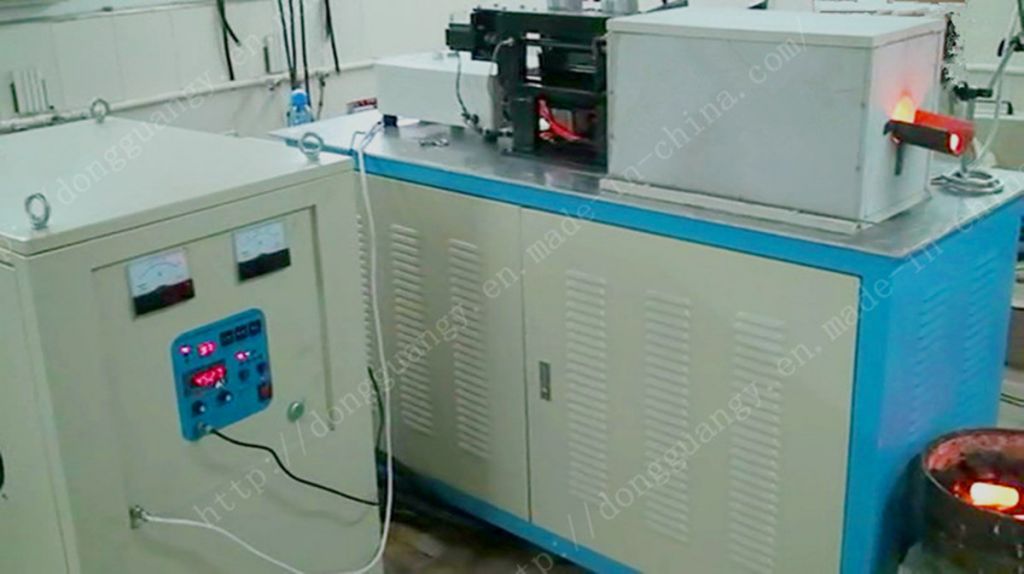


离岸价格
获取最新报价( Negotiable )
|1 Set Minimum Order
国家:
China
型号:
GYS-400AB
离岸价格:
( Negotiable ) 获取最新报价
位置:
China
最小订单价格:
-
最小订单:
1 Set
包装细节:
WOODEN BOXES
交货时间:
15 workdays
供应能力:
15 Set per Month
付款方式:
T/T, Western Union
產品組 :
-
联系人 Ms. Cherry
bajiaowo, Dongguan, Guangdong
Brazing
Brazing is the process of joining two pieces using heat and a
filler material that melts at a temperature above **7 ºC (**0 ºF)
and below the melting point of the parts to be brazen.
The filler material used in brazing varies depending on the parts
being joined. The most commonly used alloys are phosphor copper,
silver, nickel and cobalt, aluminium, silicon, copper, copper-zinc
and magnesium.
The reason for this process between parts of the same or different
materials is to create a permanent bond high strength, simplify
mechanical operation and adopt simple production techniques, always
compatible with the demands of mass production, among others.
There are different methods of heating for brazing, for example the
flame, oven, infrared, laser and induction. Brazing by induction
has a number of advantages over these other methods.
Induction heating advantages:
Improved process efficiency
Fast and localized heat
Automated process
Temperature control
Energy saving
Less oxidation
Possibility of brazing in vacuum or atmosphere
Creation of clean joint, precise and controllable
Clean and technologies
The process eliminates the distortion and other undesirable
metallurgical changes in different regions of the work pieces
Some of the industries related to this process are household,
medicine, aerospace, railway and automotive.
Heating
Pre-heating
This is the heating used before processes like galvanizing lines,
certain welding processes, deposits of some materials and cable
extrusion among others.
Post-heating
This is the heating used afterwards processes such as cross-linking
polymers, draining zinc, paint drying and curing resins and cable
among others.
Heat staking
When a structural component is produced from a thermoplastic
material, it is possible to heat a piece of metal to a temperature
above the plastic flow point and insert it.
The process of joining metal to plastic requires a fast, precise
and repeatable heating to prevent quality defects (melted or burnt
plastic overflow).
To realize this process, several methods can be used, such as gas,
electrical resistance or induction.
Induction heating advantages:
Improved process efficiency
Localized, constant and precise heating
Temperature control
Energy saving
Possibility of integration into production lines
Best quality and yield/performance
Pollution free, fast and secure technology
Improved working environment
Industries related to these processes are food industry, cable,
shipbuilding and aerospace.
Welding
Welding is the process of joining two metals where the base
material is elevated to a high temperature to exceed its melting
point and in which, using its liquid state, are mixed to form a
union of the fusion of all parties involved including a filler
material if exists.
There are different forms of heating for welding, such as flame,
contact at low or high frequency, TIG, MIG or MAG, and induction.
However, all welding processes operate in very similar ways.
Given the characteristics of continuous process in tube production,
induction welding presents a number of advantages over the other
techniques already mentioned.
Induction heating advantages:
Energy saving
No physical contact and less maintenance.
Minimizes the time of heating. Therefore it reduce oxidation and
decrease production time.
Easier cleaning processes afterwards
Reduces the heat affected area
Reduced risk causing a more pleasant work environment than
conventional methods.
Possibility to automate welding processes which leads to an easier
implementing and repetitive process.
A related industry to this process is tube and pipe.
| 国家: | China |
| 型号: | GYS-400AB |
| 离岸价格: | ( Negotiable ) 获取最新报价 |
| 位置: | China |
| 最小订单价格: | - |
| 最小订单: | 1 Set |
| 包装细节: | WOODEN BOXES |
| 交货时间: | 15 workdays |
| 供应能力: | 15 Set per Month |
| 付款方式: | T/T, Western Union |
| 產品組 : | - |